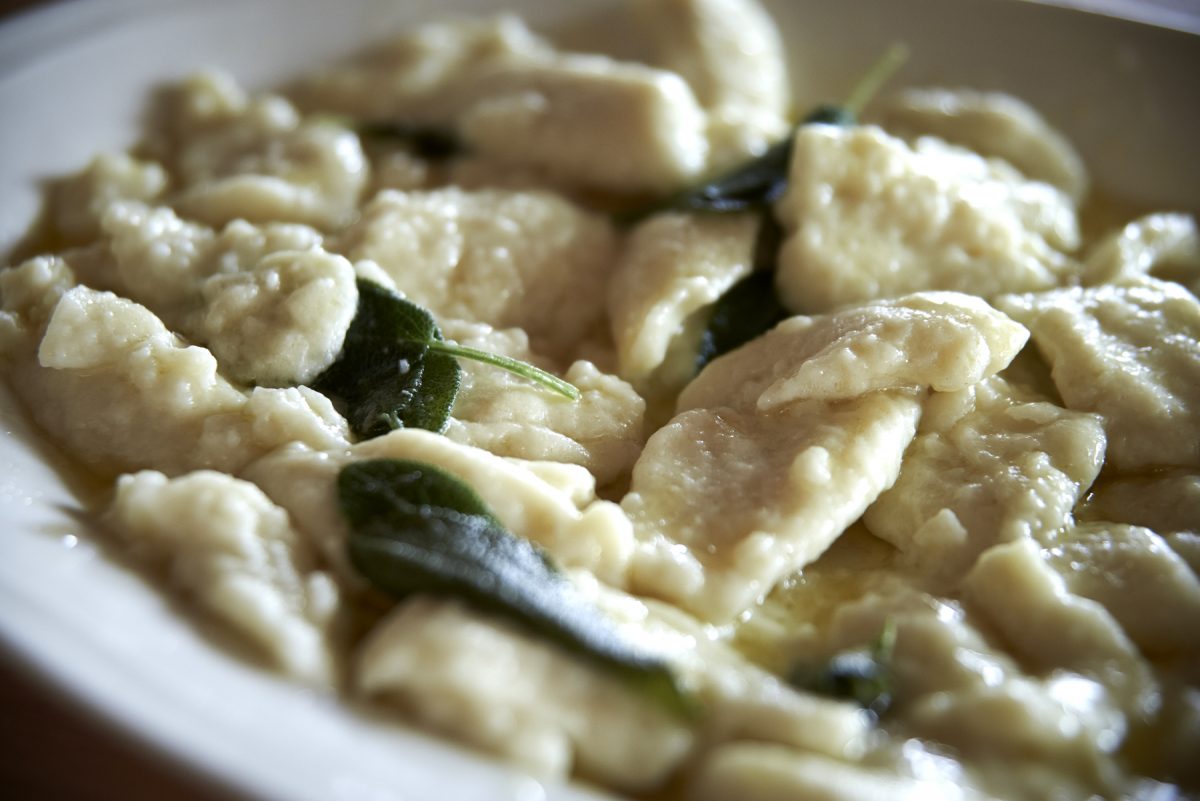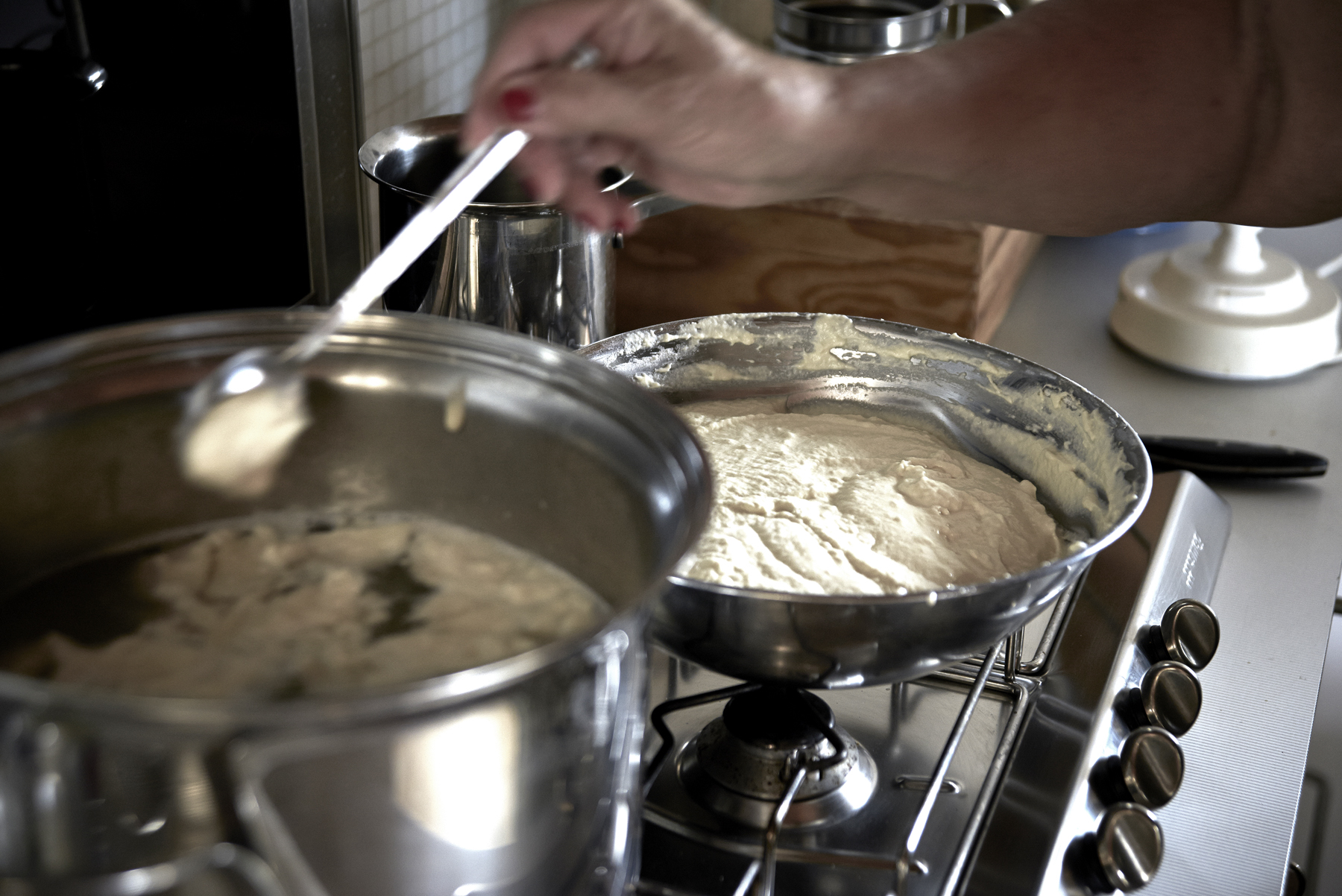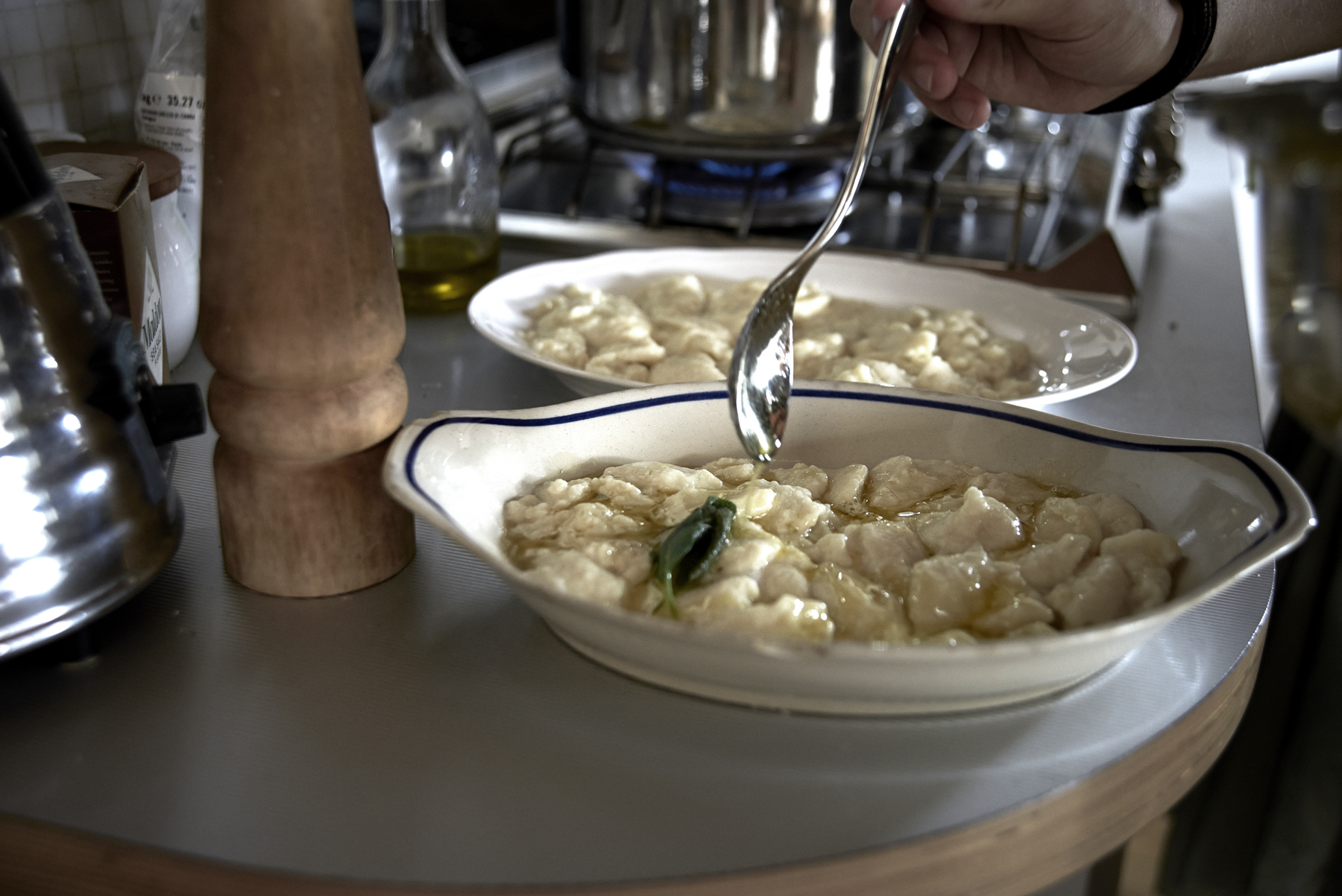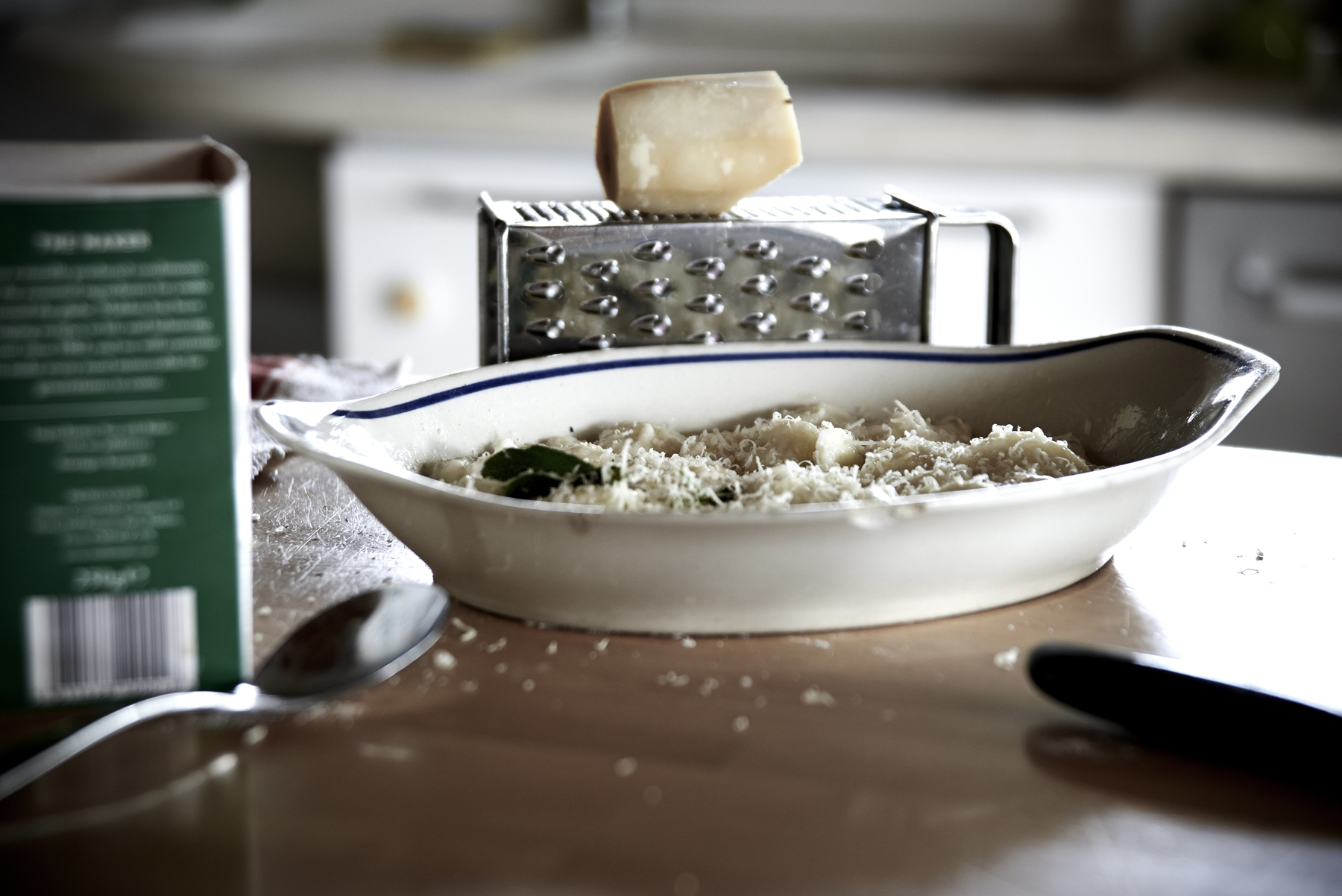In vacanza non si lavora, in effetti non abbiamo postato più di tanto ma la nostra ricerca non finisce mai.
In una passeggiata sull’Altopiano dei 7 comuni abbiamo conosciuto Paolo, casaro dall’anno della mia nascita. Da prima in caseificio e negli ultimi 20 anni in malga Zebio.

il suo fisico ben si è adattato alla passione e alla sua attività di casaro. La sua sagoma è curva più o meno a 90 gradi. I suoi bei capelli e baffi bianchi ben si intonano agli stravaganti stivali di plastica, anche questi bianchi che usa per fare il formaggio.
Ci racconta che una volta la cagliata la si otteneva mettendo i cardi nel latte, infatti cardo in Cimbro, dialetto dell’antico popolo dei Cimbri, si dice Bisakäse, che significa “formaggio dei prati” .
In altopiano non è molto usata la fioretta, nome dell’ultimo affioramento della caseificazione prima della ricotta, mentre dalle nostre parti, nella vallata dell’Agno, viene usata spesso per fare gli gnocchi.
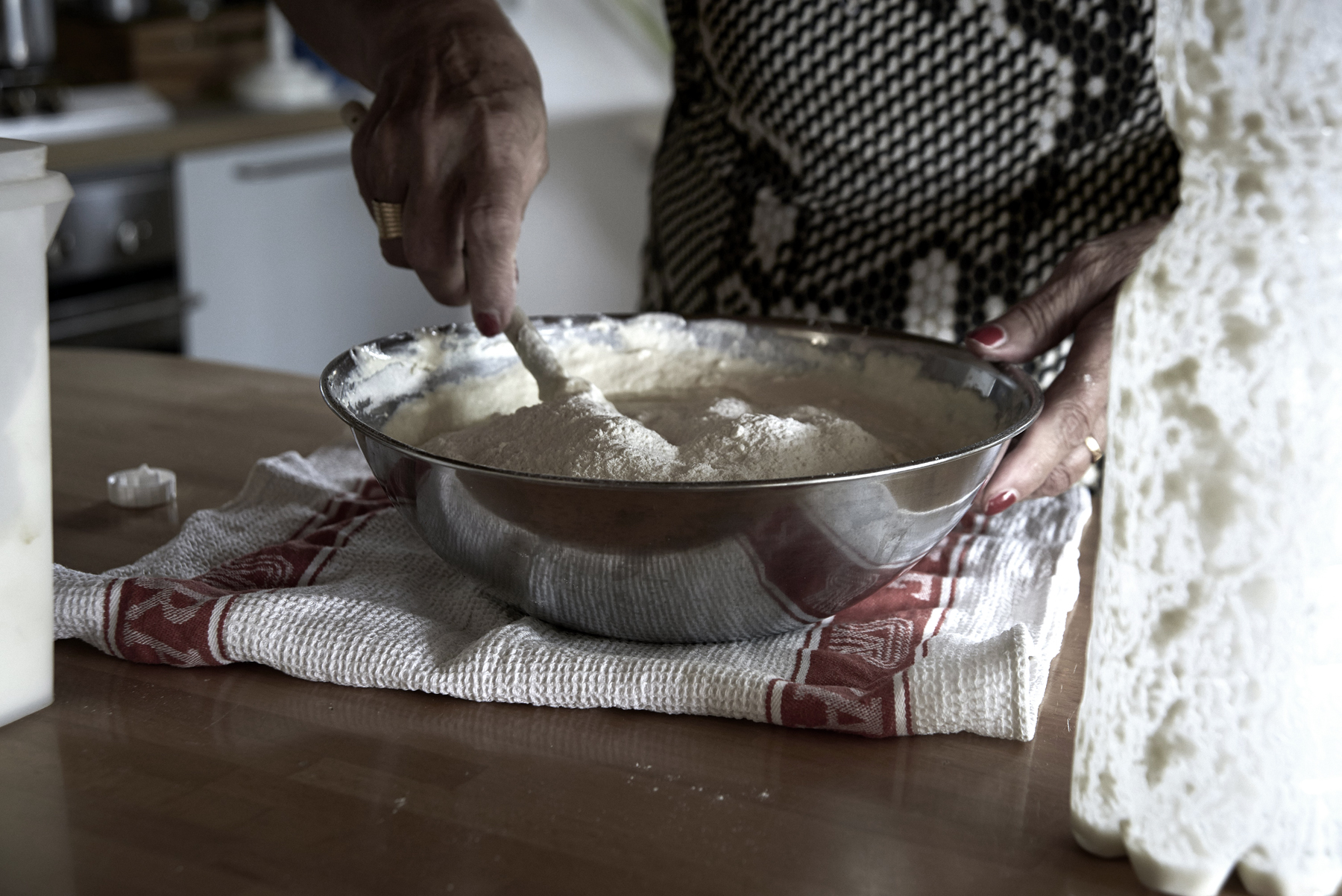
Fioretta, qualche cucchiaio di farina, un uovo, sale e l’impasto è pronto. La consistenza non dev’essere troppo densa, per la preparazione/cottura si usa il cucchiaio (in vendita troverete i cucchiai con il manico allungato) che diventerà la dose che definirà la grandezza dello gnocco.
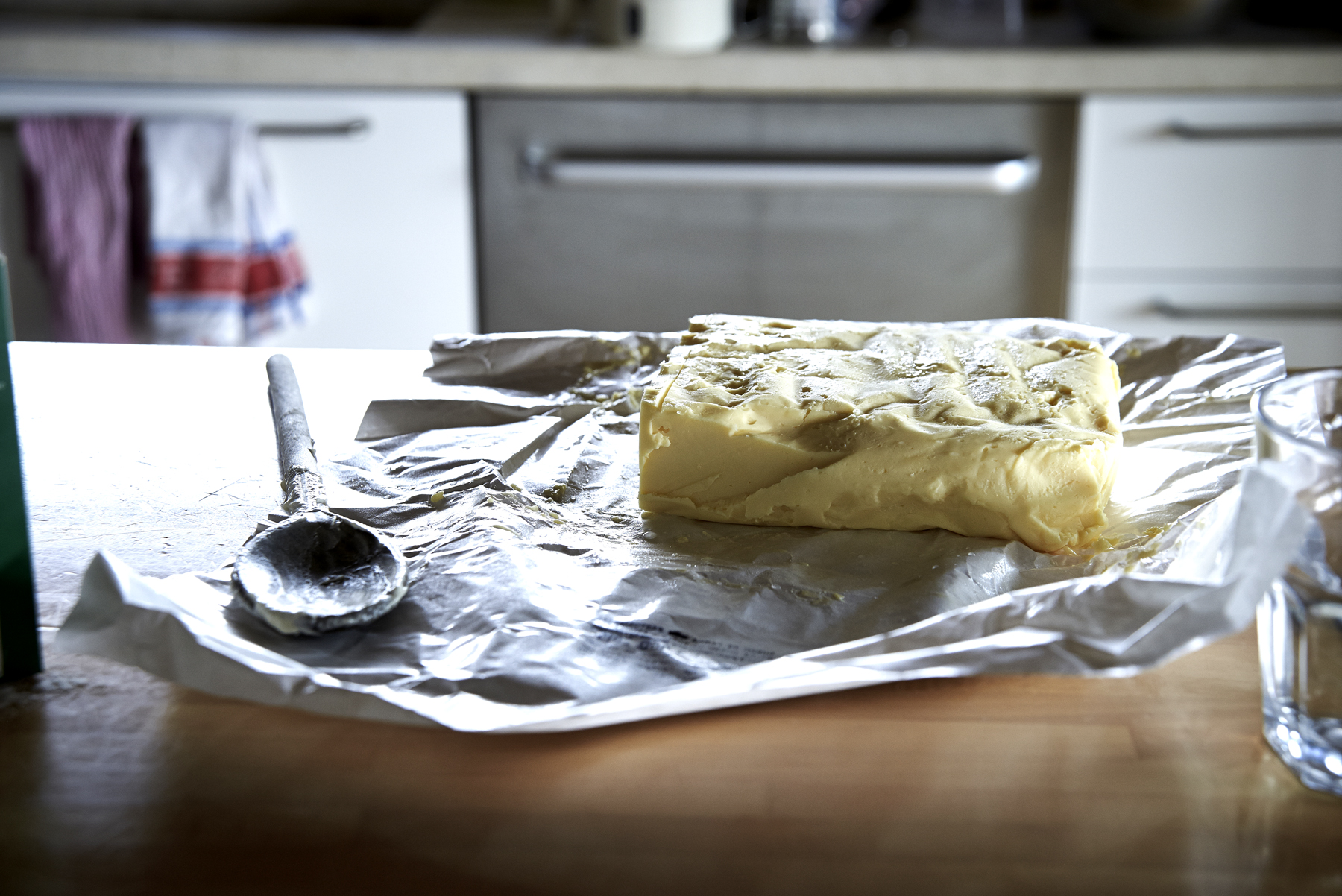
Il condimento principe è il burro di malga, noi ieri abbiamo comprato quello della malga Dosso di Sotto di cui abbiamo già narrato in precedenza.
La salvia o la pancetta sono i gregari del signor condimento montano, mentre la ricotta affumicata, lo stravecchio di malga e la noce moscata, separatamente, sono le rifiniture di un fantastico piatto estivo del nostro territorio.
First of all, sorry for not posting that much during these months, we had several vacation issues 😉
That said, we’re here to tell you about our journey to the mountains of Asiago, in search of malga cheeses:
We went to Malga Zebio, where we met Paolo the cheesemaker, an old man that makes cheese from 1968. time and work remarkably signed his back, wich is really bent, as you all can see from the picture.
Chatting about cheeses, we learnt that the ancient Cimbri, a viking population that lived in the Alps thousands of years ago, used to make cheese by putting thistle into milk to make it clot, from here the name of the thistle in Cimbri’s dialect “Bisakase” which means “field’s cheese”.
In Asiago, people are not used to make and eat “fioretta” which is the last product of cheese making, a product that is most likely to find in the Agno’s valley.
Fioretta is indeed the main ingredient of Recoaro’s typical dish “Gnocchi con la fioretta” made simply with fioretta, a couple spoons of flour, an egg and salt. You’ll obtain a thick batter that you’ll pick up and put in the boiling water with a spoon, that will also define the size of your gnocchi.
Seasoned with fresh malga-made butter and sage, or with nutmeg, or else with butter and aged malga cheese grated on top, this is the symbolic summer dish of the mountains.
